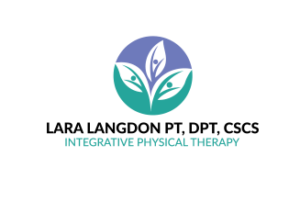
Whether you have a respiratory condition such as asthma, feel heavy in the muscles around the chest, or simply feel that you aren’t reaching your full breathing potential, supporting how you breathe through movement and exercise can help you thrive in both body and mind.
Breathing may be affected by lack of exercise or poor upper body posture, both of which reduce strength and flexibility in the chest area. Long periods of time hunched on chairs or over our phones can inhibit our ability to fully fill our lungs when inhaling.
For healthy breathing, the belly area needs to be able to fully relax on inhale, and to contract appropriately on the out-breath to facilitate a full and deep emptying of stale, old air in the lower lungs, and allowing the parasympathetic (rest-and-digest) nervous system to calm.
Simple floor sequence for respiratory health
This set of floor exercises helps to free the diaphragm, psoas, shoulders and neck for our most easeful, efficient breath patterns, while making space for full diaphragmatic and intercostal movement.
Full breathing also helps our postural abdominal support. The quadratus lumborum—a back muscle, but also the deepest of the abdominal muscles—shares a fascial connection with the diaphragm and the psoas in the lower back, at the lumbar vertebrae.
Lying spine undulation
Lying with knees bent, feet hip-width apart on the ground, inhale to arch your back and raise the belly, lifting the waist and moving the tailbone down toward the ground.
With the exhalation, let the chest and belly drop as the lungs empty.



